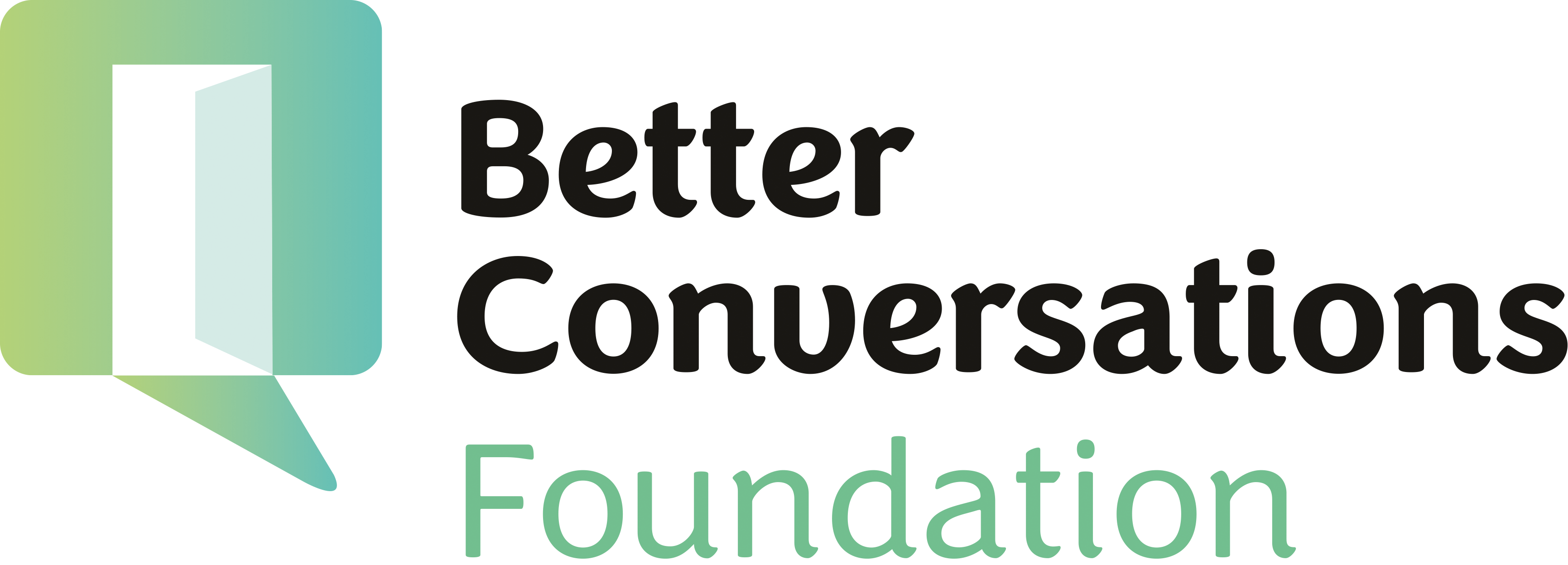3.5. Course Design#
Design is a term that can mean different things, such as:
The purpose, intention, or goal of something
The creation, planning, or arrangement of an object, a process, or a
system, according to a specific purpose, function, or context. - The plan behind an action, fact, or object. - A pattern or a style of something.
Design is about finding better ways to do things. It’s both a science and an art, a blend of logic, analysis, and utility, as well as intuition, imagination, and creativity.
3.5.1. Design principles guide our decisions#
We’ve also developed a set of design principles that guide our decisions. These principles are based on our understanding of how adults learn, and on our experience of designing and delivering other courses. The principles are:
Separate information from learning: We’ve designed the course to separate information from learning, so that participants can learn by doing, and by reflecting on what they’ve done. We’ve designed the course to be delivered in a way that encourages participants to engage with the material, with each other, and with the facilitator.
The magic happens in the conversations: We’ve designed the course to focus on the conversations that participants have with each other, and with the facilitator. We’ve designed the course to be delivered in a way that encourages participants to engage with the material, with each other, and with the facilitator.
Keep it simple: We’ve designed the course to explain the models and concepts in 5 minutes or less, so that participants can understand and remember what they’ve learned.
Think systemically: We’ve always tried to think a few steps ahead, to dare to dream big and to think about our overall mission. Some of the decisions we’ve may seem odd or unnecessary at first, but they are all part of a longer-term plan. You can always ask us if you’re not sure why we’ve done something a particular way!
Always be learning: We have a tight learning loop, where we gather feedback, reflect on it, and make changes. We’re always looking for ways to improve the course, and we’re always learning from our experiences.
Know when to be systematic Whilst learning and adaptation requires an ability to hold many things in play at once, there are times when it is helpful to standardise and introduce consistency. We’ve built systems, processes and tools that help us to deliver the course in a reliable and scalable way.
3.5.2. Design constraints#
We’ve decided to work within certain constraints. It may seem counterintuitive, but these constraints actually help us to be more creative and to make better decisions. For example:
We deliver the course online: This means that we can reach a global audience, and also reach people who might be working remotely or who might not be able to travel to a training course.
We deliver the course in 6 modules: This means that we have to be selective about what we include in the course. It also means there are opportunities for people who want to go deeper to do so, by adding extra modules that are tailored to their audience.
Each module is delivered in one hour: This means that we have to be concise and focused in the way we deliver the course. It’s led to a repeatable pattern of delivery that we can rely on.
We limit ‘teaching’ time: This means that we have to be clear in the way we explain the models and concepts, remove any unnecessary detail, and simplify the material as much as possible (which is harder than it looks!). It also means we maximise the time for participants to practice and reflect.
3.5.3. Design features#
We’ve developed this course over hundreds of hours of design, development, and delivery. We’ve iterated and improved it based on feedback from participants and facilitators. We’ve also drawn on our experience of designing and delivering other courses, and our understanding of how adults learn. The output of all that work is a course that is designed to be:
Accessible and flexible: We want a wide range of people to enjoy this course and for it to be useful in different contexts. We’ve designed it to be delivered online, in English, and in a modular format. We’ve also designed it to be flexible, so that you can adapt it to your own needs, for example by using different tools, delivering it in another language, or delivering it in a different way. We encourage you to adapt the course to your own needs, and to share your experiences with us.
Interactive and experiential: Participants can learn by doing, and by reflecting on what they’ve done. We’ve designed it to be delivered in a way that encourages participants to engage with the material, with each other, and with the facilitator.
Consistent and scalable: Colleagues who do the course at different times will learn the same things. We’ve designed it to be scalable, so that it can be delivered to diverse participants across cultures and contexts.
Robust and reliable: It’s important to use that the material worls with diverse participants across cultures and contexts. We’ve designed it to support employees with any behaviour change that is needed for better conversations, and to be relevant and easy to apply in business situations.
Relevant and easy to apply: We want the content of the course to be relevant and easy to apply in business situations. We’ve designed it to support employees with any behaviour change that is needed for better conversations, and to be relevant and easy to apply in business situations.
Engaging and Actionable: We strive to be clear, concise and for the skills to be actionable, so that participants are motivated to use what they’ve learned immediately. We know people apply new skills when they are relevant to their circumstances.
